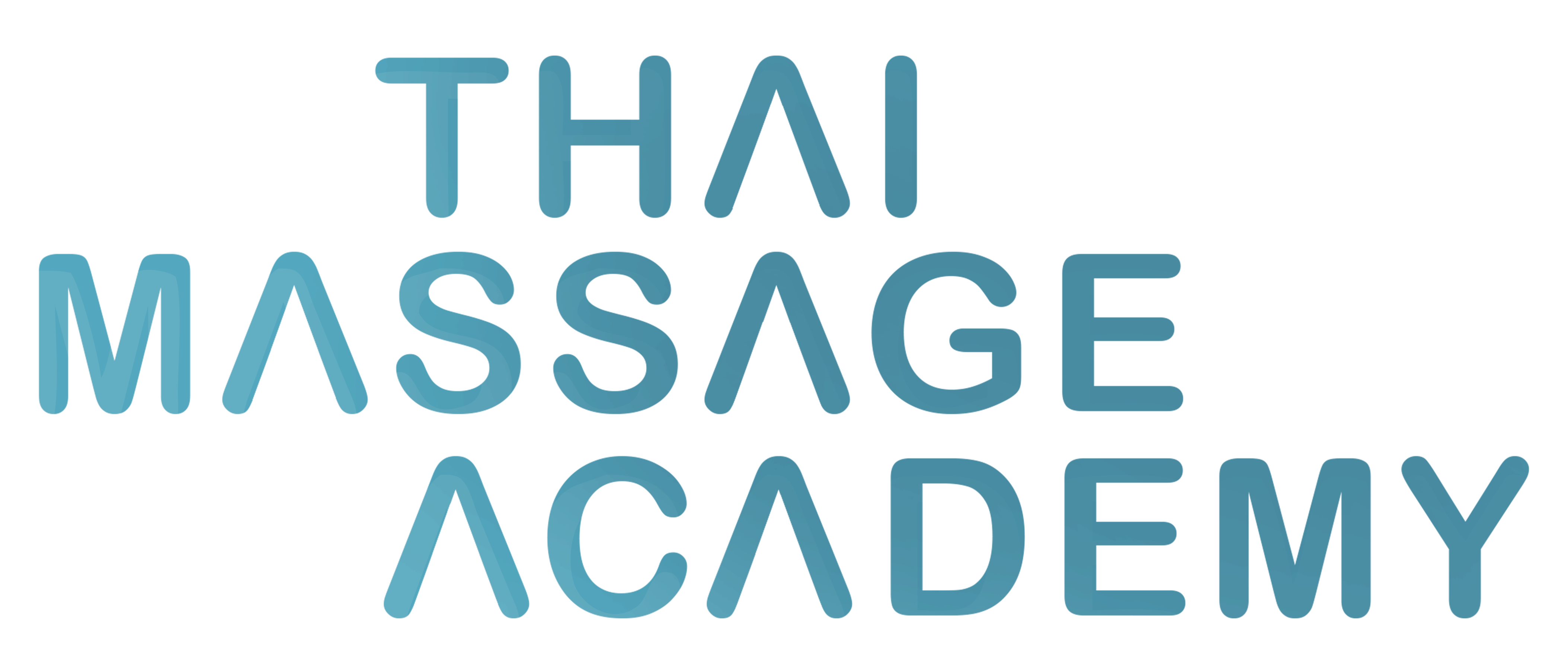Pranayama is a term in yoga that refers to the practice of regulating the breath. There are many different types of pranayama, each with its own specific set of instructions and benefits. Here is a list of some common types of pranayama, along with brief descriptions of their instructions and benefits:
- Nadi shodhana (alternate nostril breathing): This pranayama involves alternating the flow of breath between the left and right nostrils. To practice, sit in a comfortable seated position with your spine straight. Close your right nostril with your thumb and inhale through the left nostril, then close the left nostril with your ring finger and exhale through the right nostril. Continue this pattern, inhaling through the right nostril and exhaling through the left nostril. This pranayama can help calm the mind and balance the nervous system.
- Ujjayi (victorious breath): In this pranayama, you inhale and exhale through the nose while constricting the muscles in the back of the throat to create a soft, hissing sound. This pranayama can help to regulate the breath, improve concentration, and calm the mind.
- Kapalabhati (skull shining breath): This pranayama involves rapid and forceful exhales through the nose, with passive inhales. To practice, sit in a comfortable seated position and take a few deep breaths to begin. Exhale rapidly and forcefully through the nose, pulling the belly in towards the spine on the exhale. Allow the inhale to happen naturally and passively. This pranayama can help to strengthen the respiratory muscles, improve digestion, and increase energy levels.
- Bhastrika (bellows breath): This pranayama involves rapid and forceful inhales and exhales through the nose. To practice, sit in a comfortable seated position and take a few deep breaths to begin. Inhale deeply through the nose, then exhale rapidly and forcefully through the nose. This pranayama can help to increase energy levels and improve digestion.
- Sheetali (cooling breath): This pranayama involves inhaling through the mouth while rolling the tongue to form a tube, then exhaling through the nose. To practice, sit in a comfortable seated position and take a few deep breaths to begin. Roll the tongue to form a tube and inhale through the mouth, then exhale through the nose. This pranayama can help to cool the body and calm the mind.
It is important to note that pranayama should be practiced under the guidance of a trained instructor, as improper technique can lead to negative effects. It is also important to listen to your body and stop if you experience any discomfort or strain.



